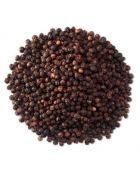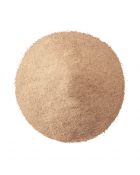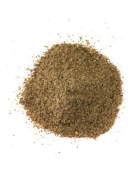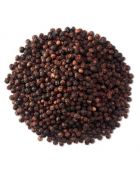Black Pepper vs. White Pepper: what’s the difference and which is right for you?
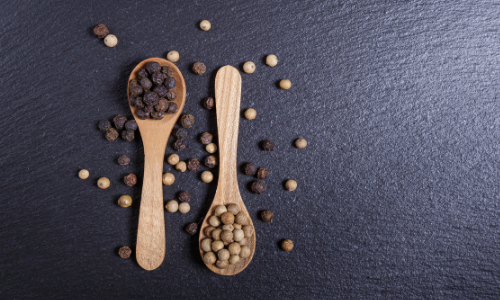

Piper Nigrum, "the king of spices," also known as "black gold," is one of the most commonly used and the heavily traded spice in the world. While it is one of the few spices nearly everyone uses with at least some regularity, most of us don’t stop to consider the huge range of flavors and colors this unique spice can offer.
As one of the pre-eminent growers, processors and wholesale pepper suppliers in the world, Olam Spices experts are here to provide our customers with the insights and information to help them make the right choice.
One Pepper Vine, Four Colors
Black, white, red and green peppercorns can be plucked from the same pepper vine at different stages during the plant’s ripening process. While each color carries with it distinct and unique characteristics, today we’ll be focusing on white and black pepper.
The real differences between them comes down to picking and processing. White pepper comes from berries picked at full ripeness, harvested when the berries are deep yellow or red. Black peppercorns are picked slightly earlier in the ripening process and dried in the sun, during which time enzymes in the berries cause the skin to turn black.
White pepper, after it is picked, is soaked and rubbed free of the outer skin, revealing a smooth white underlayer. This soaking process allows for mild fermentation which changes the flavor profile.
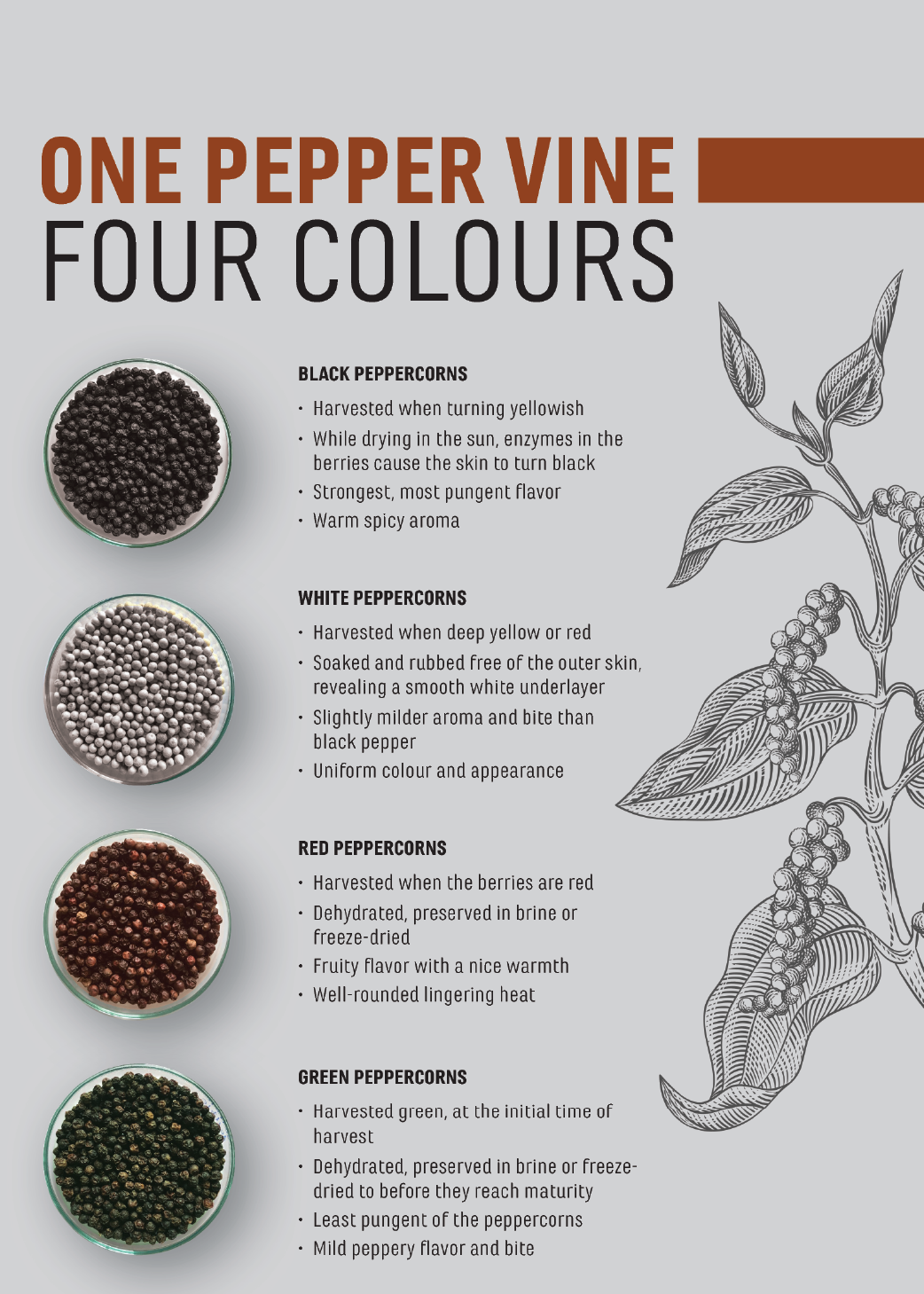

Black and White Pepper, Taste and Use
White pepper loses some taste characteristics that are distinctive to black pepper during processing. Black pepper’s distinct spicy hot flavor is in part due to piperine, that is found mostly in the outer skin of the berry. During the processing of white pepper, the outer layer of skin is removed, resulting in a more mild flavor compared to black pepper.
While black pepper is far more common in American kitchens, the visual appeal of white pepper has made it a staple ingredient in French, Chinese, Vietnamese and Swedish cuisine. Examples of popular applications include creamy soups or chowders where you wish for a more uniform color scheme.
If you’re looking to substitute white pepper for black pepper, consider the impact it will have on the flavor of your dish. White pepper is said to have a more complex flavor profile because it has fully ripened and fermented. While black pepper gives off more of a spicy heat, white pepper’s flavor is more earthy and musty. So, if you want the flavor of pepper without the heat or color of black pepper, white pepper is the way to go.

